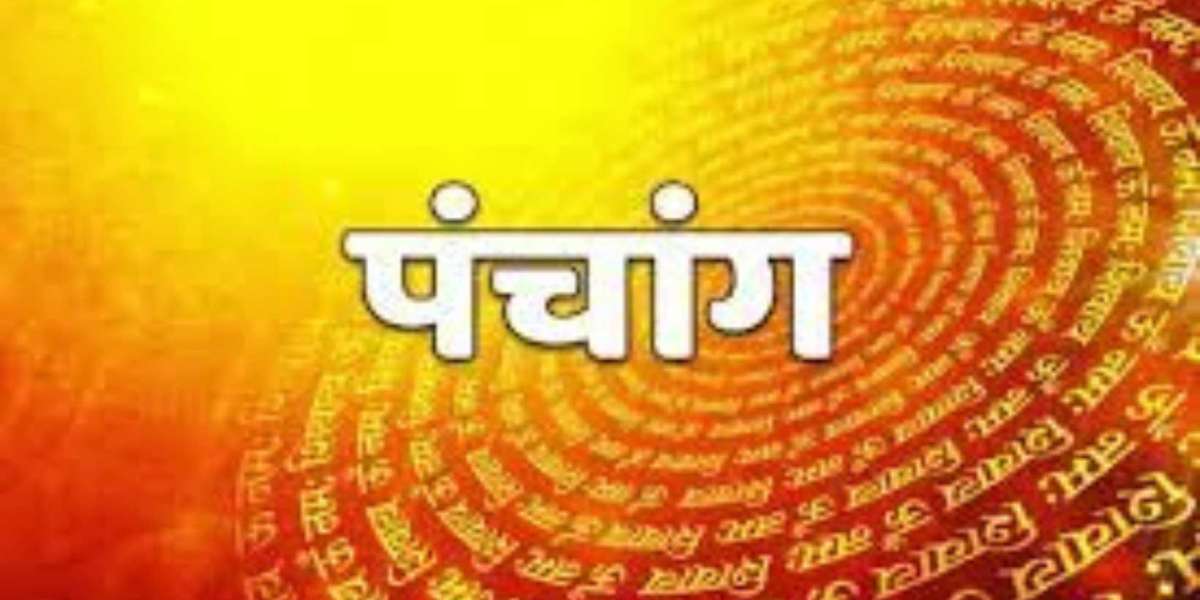In the rich tapestry of ancient Indian culture, the concept of time is woven with profound significance. At the heart of this understanding lies the Panchang – a comprehensive calendar and almanac that guides individuals through the cycles of time, celestial events, and auspicious occasions. This article delves into the realm of Panchang, exploring its multifaceted roles, historical significance, and enduring relevance in contemporary society.
1. The Essence of Panchang: Derived from the Sanskrit words "panch" (five) and "anga" (limbs), Panchang encompasses five essential components: Tithi (lunar day), Vaar (day of the week), Nakshatra (lunar mansion), Yoga (auspicious combination), and Karana (half of a Tithi). Together, these elements create a comprehensive system that provides insights into the auspicious and inauspicious times for various activities.
2. The Historical Roots: The origins of Panchang can be traced back to Vedic times, where the alignment of the moon and stars held spiritual and practical significance. Priests and scholars would meticulously observe these cosmic phenomena, aligning them with rituals, ceremonies, and agricultural practices. Over time, this knowledge was codified into the Panchang, creating a guide for daily life.
3. Guiding Life's Moments: Panchang serves as more than just a calendar; it is a repository of knowledge that governs the rhythm of life. From identifying the most propitious times for weddings and festivals to advising farmers on the best periods for planting and harvesting, Panchang's wisdom extends across various domains.
4. Tithi and Lunar Phases: Tithi, marking the moon's phase relative to the sun, is a central aspect of Panchang. It guides the timing of festivals, fasting days, and rituals. The waxing and waning phases of the moon hold symbolic significance, reflecting growth and decline, renewal and release.
5. Nakshatras and Cosmic Influences: The Nakshatras, or lunar mansions, are divisions of the sky that hold specific qualities and attributes. These Nakshatras influence various aspects of life, from personal traits to compatibility in relationships. The position of the moon in a particular Nakshatra during one's birth is believed to influence their characteristics.
6. Yoga and Spiritual Connections: Yoga, in the context of Panchang, refers to specific combinations of the sun and moon's positions. Each Yoga holds its own energy and potential, providing insights into auspicious times for certain activities. Yoga's spiritual significance resonates with the idea of aligning one's actions with cosmic energies.
7. Vaar and the Days of the Week: Panchang categorizes days of the week based on planetary influences. Each day is associated with a specific deity and has its own attributes and recommendations. This connection between cosmic influences and daily life underscores the holistic nature of Panchang's guidance.
8. Karana and Practical Application: Karana, half of a Tithi, plays a role in determining the quality of a day for various activities. It provides insights into whether an activity will yield positive or negative results. Farmers, traders, and individuals making important decisions often consult the Karana to ensure the best outcomes.
9. Contemporary Relevance: In the digital age, Panchang has adapted to modern technologies. Online platforms and mobile applications offer real-time Panchang calculations, making this ancient knowledge accessible to a global audience. Individuals from various cultural backgrounds can now incorporate its wisdom into their lives.
10. Embracing Tradition and Choice: Panchang embodies the interplay between tradition and choice. While adherents follow its guidance devoutly, others view it as a valuable cultural artifact that offers insights into the mindset of our ancestors. Modern individuals can choose to incorporate Panchang's insights while making informed decisions that align with their beliefs and lifestyles.
11. Conclusion: Navigating Life's Cosmic Dance: Panchang stands as a testament to the intricate connection between time, cosmos, and human existence. Its guiding principles transcend generations, offering wisdom that resonates with both the practical and the spiritual aspects of life. Whether followed diligently or regarded with a sense of historical appreciation, Panchang continues to serve as a cosmic compass, navigating us through the ever-changing currents of time.








